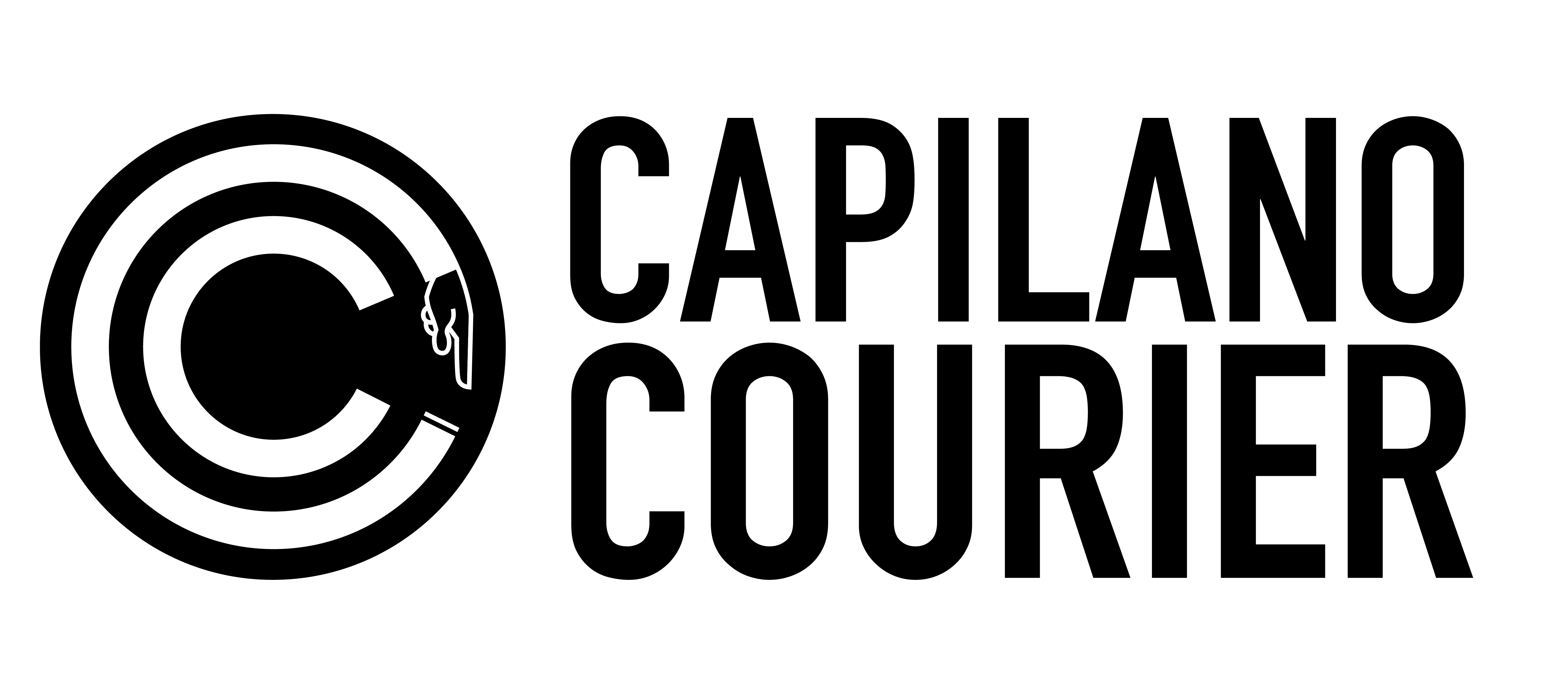The violence of academic streaming
Theodore Abbott, Contributor
For many, high school is a formative experience. For some, however, this experience is tainted by administrative intervention. I often find myself taking an unaffectionate look back at my time in high school and wonder whether the students I attended ‘adapted’ classes with were ever able to wiggle free from the oppressive grip of academic streaming—the practice of segregating students based on academic performance. The answer, upon further inquiry, is often a resounding no.
Among the many social implications that can arise from dividing students within a high school setting, the process of convincing students that they are unable to participate in regular classes seems to garner the most attention. This process—one that paints a vast array of learning styles with the same brush—is also a process that illustrates a systematic flaw in the way local school boards deal with students who’s learning styles deviate from the traditional pedagogy. The problem here is often not the student, but rather the underfunded system that fails in catering to even the slightest abnormality.
While one might interpret these lower stream classes as a form of accommodation, test scores from vocational courses are not reflective of a system that serves to benefit the student. An Ontario-based study of over 124,000 students found that, on average, students who had been moved into an applied stream scored almost 10 percent lower on both math and English tests than those in academic streams, thus illustrating a crucial flaw in how these courses fail to deliver what they are there to provide.
It’s the casual reinforcement of this harmful applied-versus-academic ideology that has prompted researchers to take a more critical look, and their findings have indicated that social and racial inequality is perpetuated within an academically stratified school. A recent study published by York University stated that the percentage of black students enrolled in academic courses was a mere 53 percent compared to that of white students who had an enrollment of 81 percent in the same courses. Students with families of lower socio-economic status are disproportionately more likely to be persuaded into choosing an applied path.
This sort of institutionalized oppression has become normalized. While it may not surprise the average cynic, it is the naïve parents who are sold a false narrative. In fact, there is no formalized process outlined in any school boards’ policy related to informing parents about the potentially harmful impacts of academic streaming. This undertaking is left up to the discretion of the teacher, and at the administrative level, local school boards seem anything but willing to acknowledge the surmounting research condemning this detrimental practice.
By way of transferring to a hippy commune disguised as a high school, I was able to enjoy an environment free of academic streaming. When considering a process that could have easily put an end to my academic career, I can’t help but feel a great deal of resentment toward the public education system. Hegemonic systems of oppression are often described as operating on a top-down basis, but when a practice such as academic streaming exists ubiquitously within our high schools, our community members then become the proponents of tyranny. The status quo does not maintain itself—it is maintained by those who live and work within our communities.





